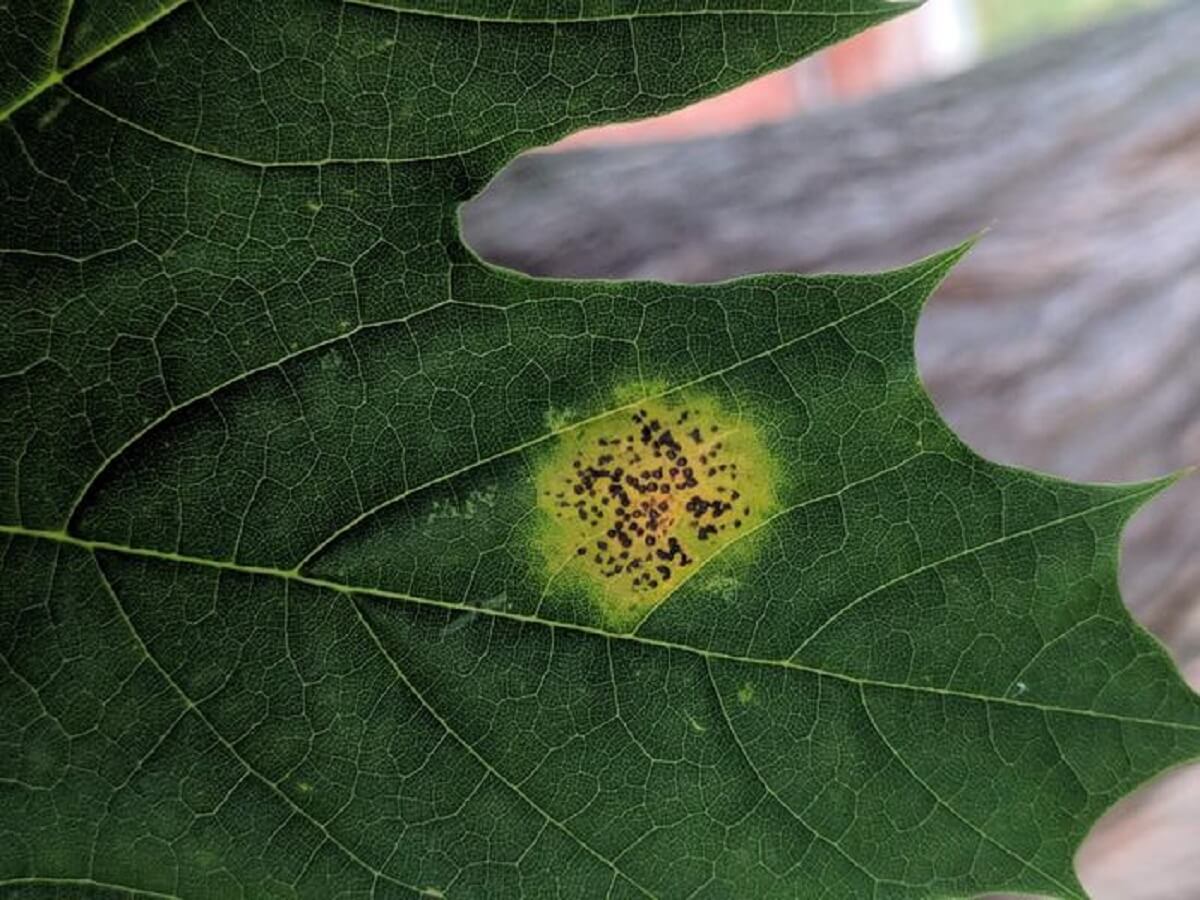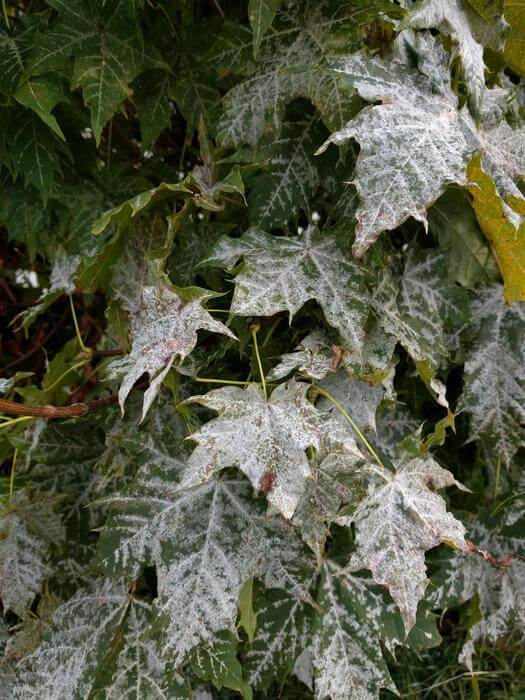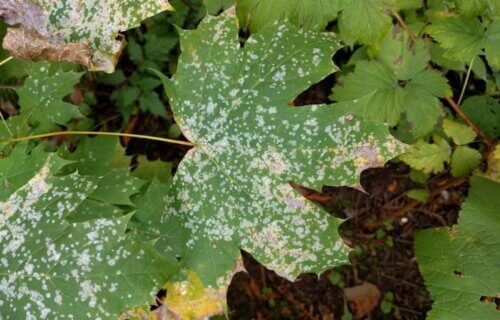WASHINGTON — Biologists are sounding the alarm about a rise in new tree diseases, particularly in Europe. The study by a team with the U.S. Department of Agriculture Forest Service warns that trees globally are being severely impacted by these diseases, and many species are vulnerable due to a lack of resistance.
“The continued emergence and accumulation of new diseases increases the likelihood of a particularly detrimental one emerging, and harming host tree populations,” says Dr. Andrew Gougherty, a research landscape ecologist with the USDA, in a media release.
Recent examples include ash dieback and chestnut blight in Europe. The latter has almost eradicated chestnut trees from their native region in the Appalachian Mountains. California’s sudden oak death and the eastern U.S.’s butternut canker could similarly eradicate species. When new diseases encounter unfamiliar hosts, they can cause unprecedented levels of death.

The study aims to identify where new tree diseases were appearing most rapidly and which tree species were most affected. Such insights could aid researchers and land managers in predicting potential disease hotspots.
In their analysis, the team examined over 900 reports of new diseases across 284 tree species from 88 countries. They assessed how these diseases emerged based on geography and host variety.
“The accumulation is apparent both where tree species are native and where they are not native, and the number of new disease emergences globally were found to double every ~11 years,” adds Dr. Gougherty.

Of all the trees studied, pines were the most susceptible to new diseases, with oaks and eucalyptus trailing behind. This susceptibility can likely be attributed to the widespread distribution of pines in the Northern Hemisphere and their global cultivation.
Europe led in terms of new disease emergence, but North America and Asia were not far behind. The researchers also discovered more emerging diseases in regions where tree species are native, except in Latin America and the Caribbean. This is probably because most trees evaluated weren’t indigenous to those areas.
“Unfortunately, there is little evidence of saturation in emergent tree disease accumulation. Global trends show little sign of slowing, suggesting the impact of newly emerged diseases is likely to continue to compound and threaten tree populations globally and into the future,” Dr. Gougherty warns. “Climate change is likely also playing a role, both by creating more favorable conditions for pathogens and by stressing host plants.”
The study is published in the journal NeoBiota.
You might also be interested in:
- Fruit trees and plants could be wiped out by climate change’s impact on bird migration
- Eco-friendly painkillers: Scientists make ibuprofen from pine trees instead of crude oil
- Flower power: Ancestors of modern-day plants survived mass extinction of the dinosaurs
South West News Service writer Jim Leffman contributed to this report.

